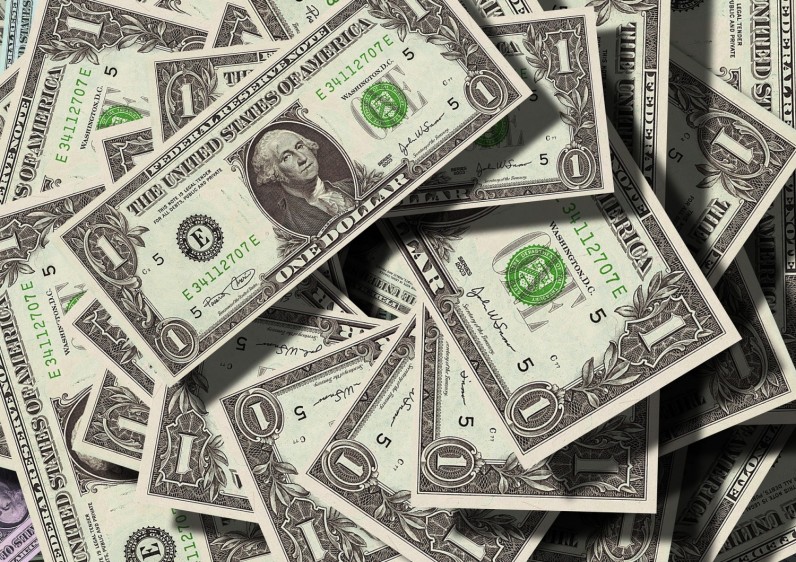The United States (US) is reportedly on the path to encountering an unprecedented level of national debt in the next four years, which will pose a challenge for the future president.

US National Budget Deficits
According to Fox Business, this outlook, highlighted by the nonpartisan Congressional Budget Office (CBO), indicates that budget deficits will grow from approximately $1.9 trillion this year to over $2 trillion annually beginning in 2030 before reaching close to $2.9 trillion by 2034.
During that period, the public-held debt is expected to soar from more than $28 trillion to beyond $50 trillion. When measured against the US economy's size, or gross domestic product (GDP), the public debt is projected to increase from 99% of GDP this year to 106% by 2027, breaking a record set in 1946 post-World War II.
The debt-to-GDP ratio is anticipated to reach 122% by 2034 and likely climb to 166% by 2054 and beyond.
READ NEXT : Biden Administration Reveals New Tax Rules That Push Higher Pay for Green Energy Workers
Likelihood of a Fiscal Crisis
Though the exact threshold for a debt crisis is unknown, the Congressional Research Service estimates that debt-to-GDP ratios ranging from 80% to 200% could indicate potential danger.
Additionally, the Penn-Wharton Budget Model has pointed out that the US public-held debt should ideally remain below 200% of GDP, given the current favorable market conditions.
The Peterson Foundation, a nonpartisan entity, told Fox Business that despite the absence of an immediate fiscal crisis, the growing national debt heightens the likelihood of such an event and reduces the country's capacity to manage unforeseen future crises.







Join the Conversation